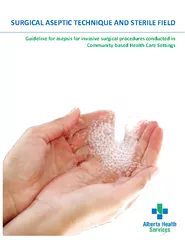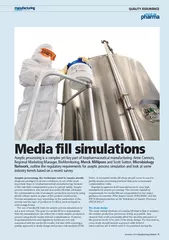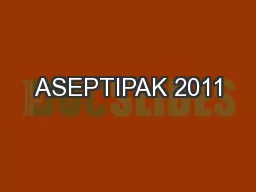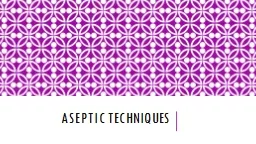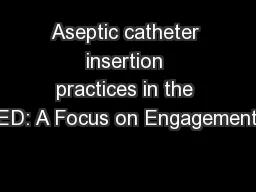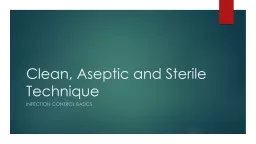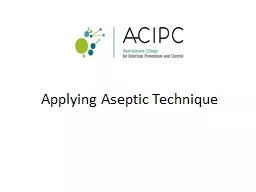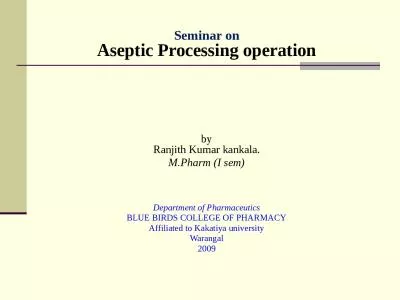PDF-ASEPTIC oadmap to xcellence
Author : alis | Published Date : 2022-08-16
T SPONSORED BY Introduction Risk Management in Sterile Environments p 3Tech Transfer Process ValidationHow New Guidance Simpli31ed Tech TransferPart 1 p 10Tech
Presentation Embed Code
Download Presentation
Download Presentation The PPT/PDF document "ASEPTIC oadmap to xcellence" is the property of its rightful owner. Permission is granted to download and print the materials on this website for personal, non-commercial use only, and to display it on your personal computer provided you do not modify the materials and that you retain all copyright notices contained in the materials. By downloading content from our website, you accept the terms of this agreement.
ASEPTIC oadmap to xcellence: Transcript
Download Rules Of Document
"ASEPTIC oadmap to xcellence"The content belongs to its owner. You may download and print it for personal use, without modification, and keep all copyright notices. By downloading, you agree to these terms.
Related Documents


